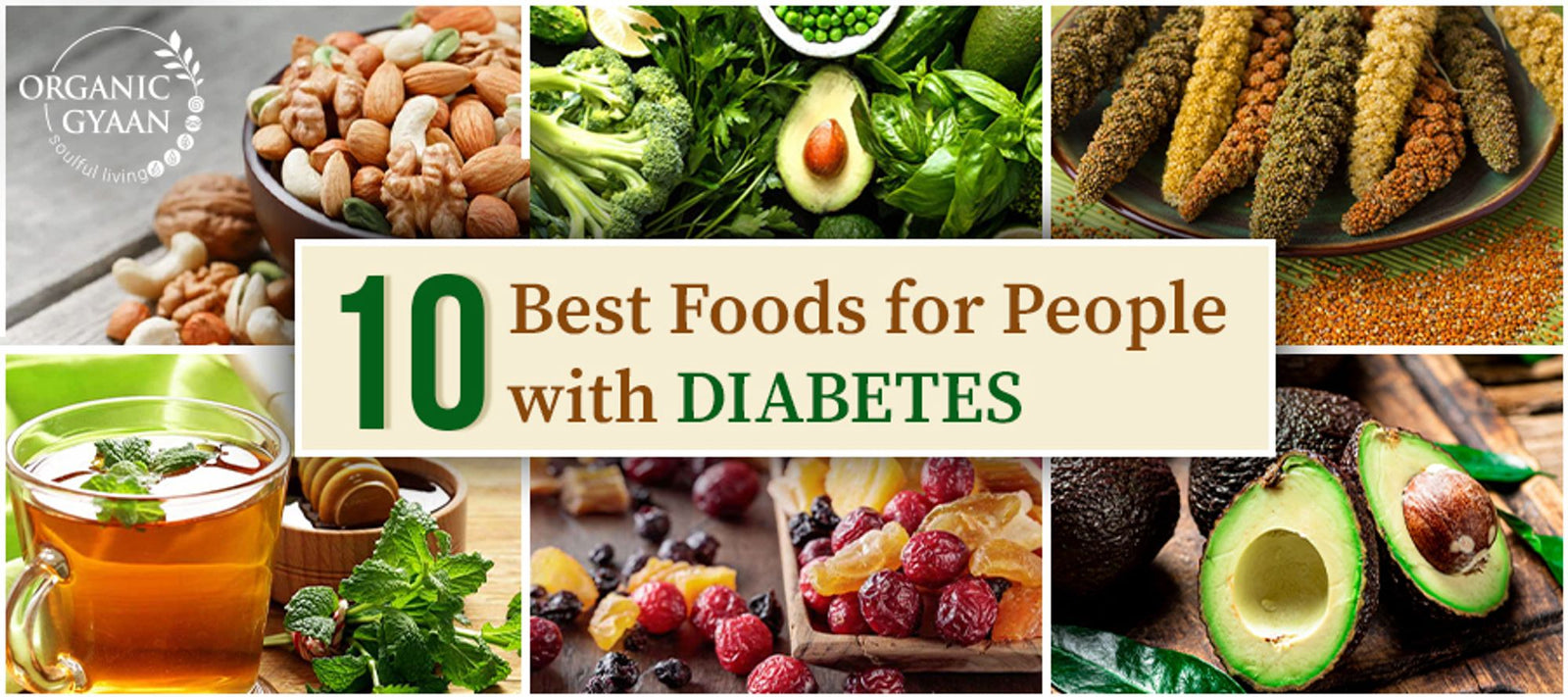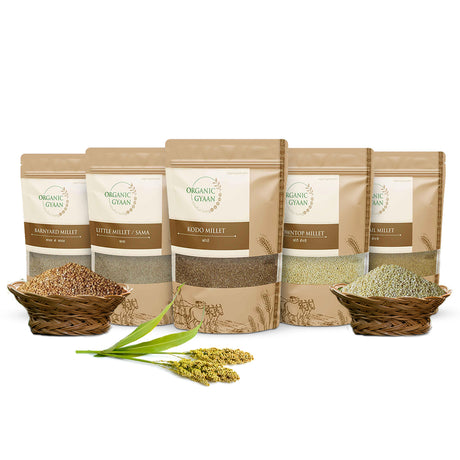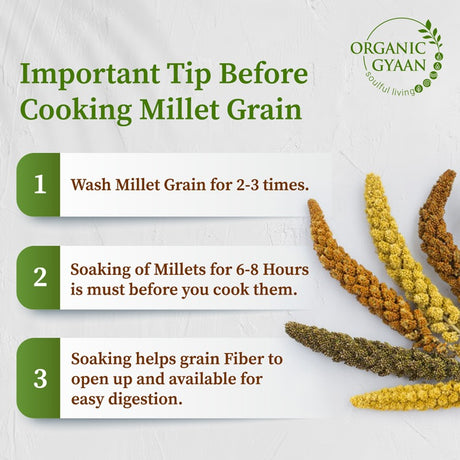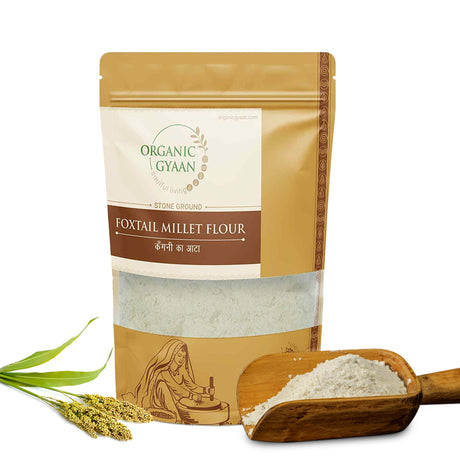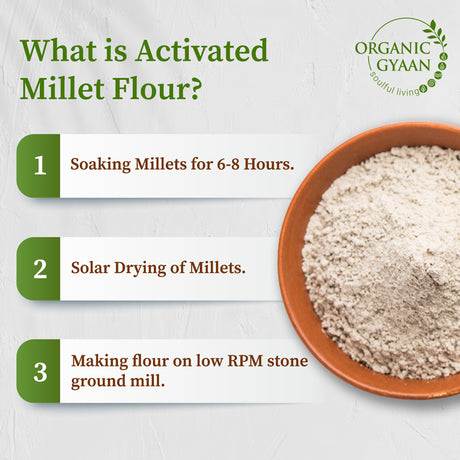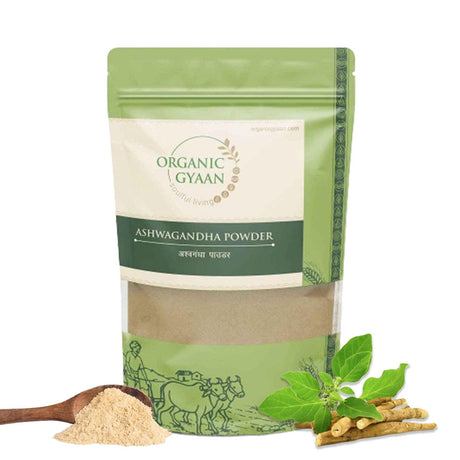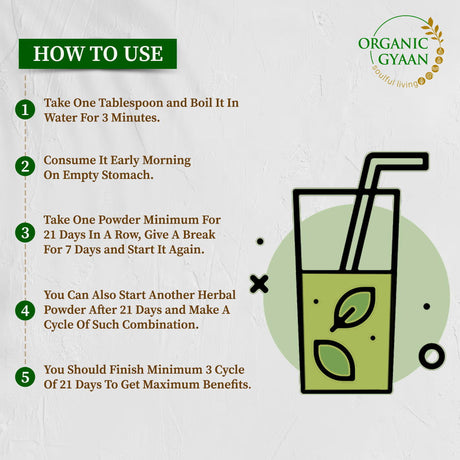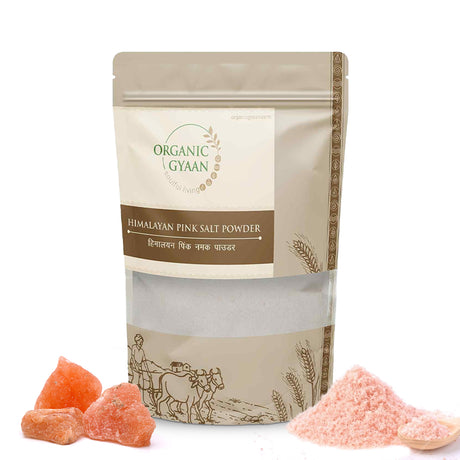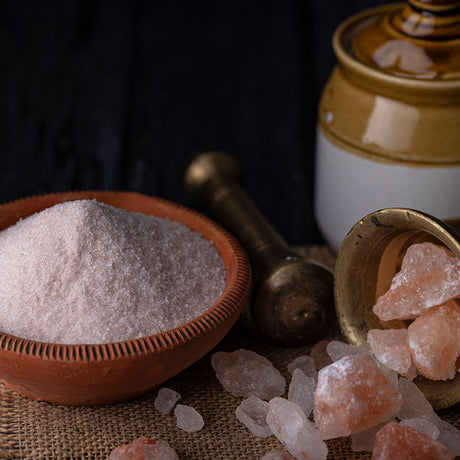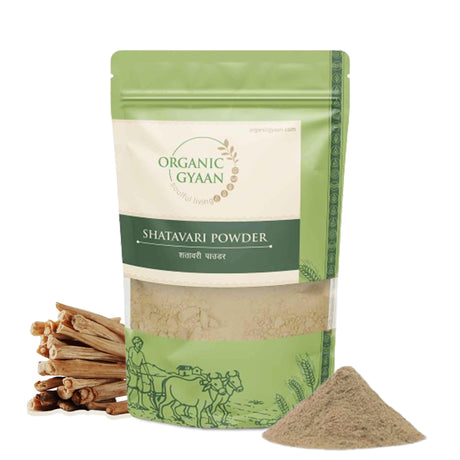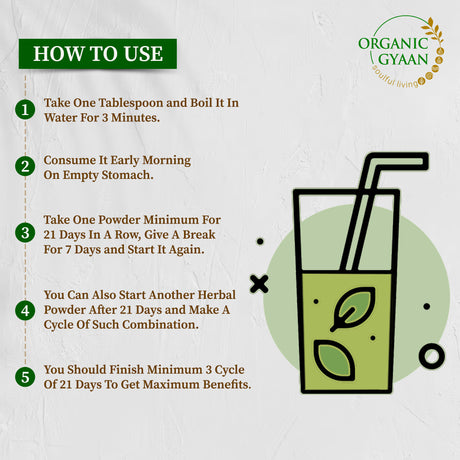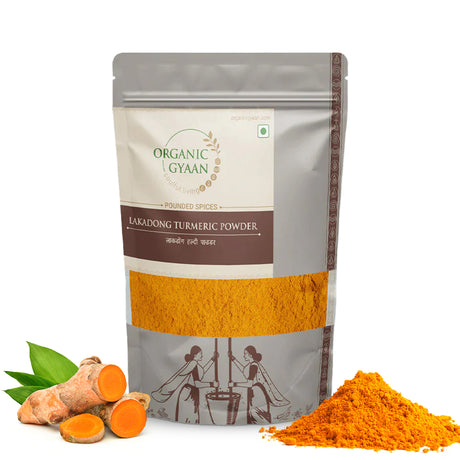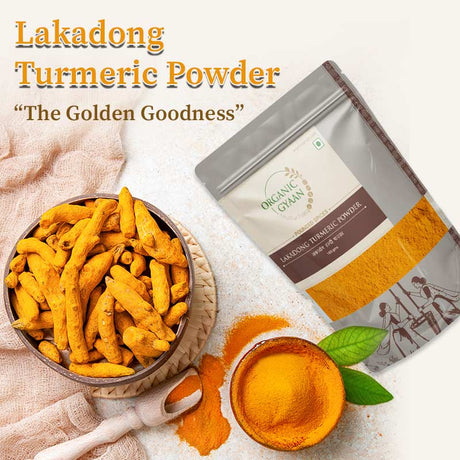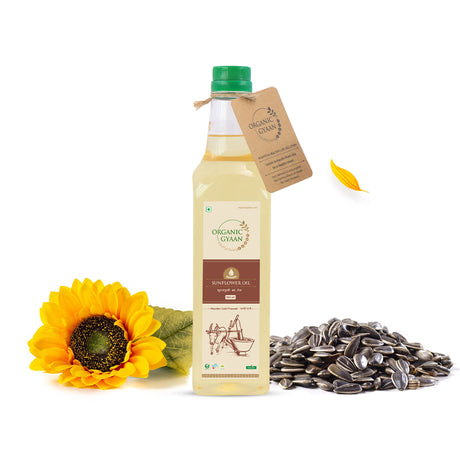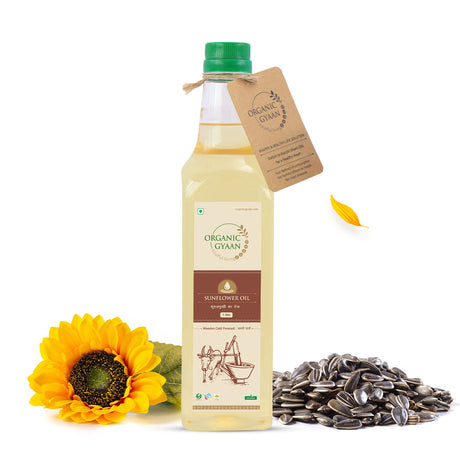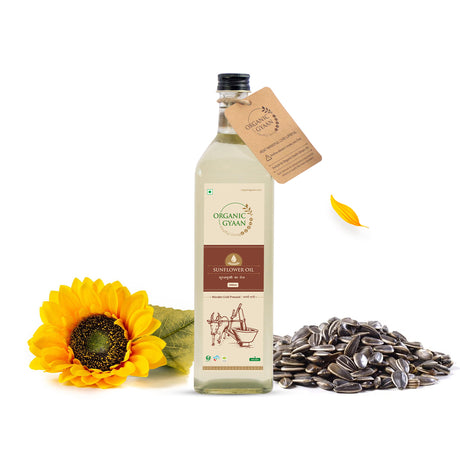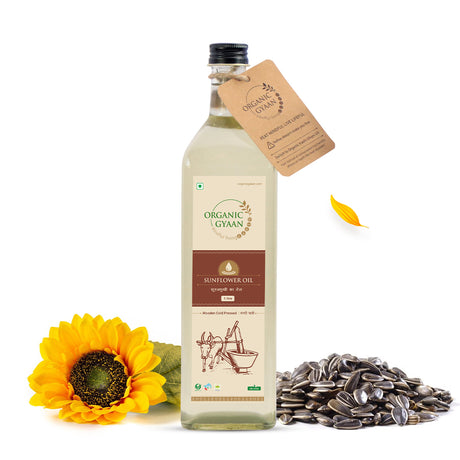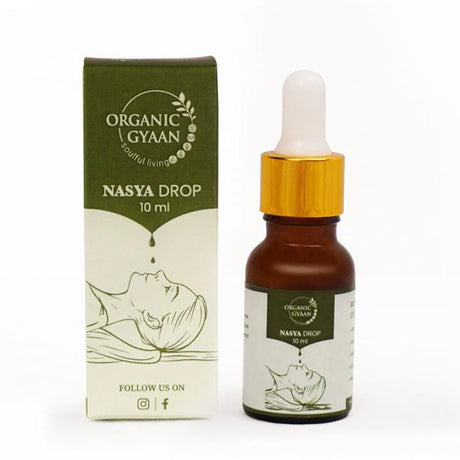तुम्हाला माहिती आहे का की भारतात 77 दशलक्षाहून अधिक लोकांना मधुमेह आहे? एवढ्या मोठ्या संख्येने, मधुमेहाचे व्यवस्थापन करणे हा अनेक लोकांच्या जीवनाचा एक महत्त्वाचा भाग बनला आहे.
पण तुम्हाला माहीत आहे का की योग्य पदार्थांमुळे रक्तातील साखरेची पातळी नियंत्रित करण्यात आणि एकूणच आरोग्य सुधारण्यात मोठा फरक पडू शकतो? तुम्हाला कदाचित असे आढळेल की उपाय तुमच्या स्वयंपाकघरात आधीच आहे!
या ब्लॉगमध्ये, आम्ही मधुमेह असलेल्या लोकांसाठी शीर्ष 10 सर्वोत्तम पदार्थांचे अन्वेषण करू. हे पदार्थ केवळ चवदारच नाहीत तर रक्तातील साखरेचे प्रमाण नियंत्रित ठेवण्यास मदत करणारे पोषक तत्वांनी भरलेले आहेत.
तुम्ही प्रदीर्घ काळापासून मधुमेह व्यवस्थापित करत असल्याचे किंवा नवीन निदान झाले असले तरीही, मधुमेहासाठी हे पदार्थ तुम्हाला संतुलित आहार राखण्यास आणि तुमचे आरोग्य सुधारण्यास मदत करू शकतात.
1. मेथी दाणे
मेथीचे दाणे हे मधुमेहींसाठी सर्वात शक्तिशाली पदार्थ आहेत. ते विद्रव्य फायबरमध्ये समृद्ध असतात, जे कार्बोहायड्रेट्सचे शोषण कमी करून रक्तातील साखर नियंत्रित करण्यास मदत करते.
या बिया वर्षानुवर्षे पारंपारिक औषधांमध्ये वापरल्या जात आहेत आणि अभ्यास दर्शवतात की ते रक्तातील साखरेची पातळी कमी करू शकतात आणि इंसुलिन संवेदनशीलता सुधारू शकतात.
एक चमचा मेथीचे दाणे रात्रभर पाण्यात भिजवून सकाळी ते पिण्याची साधी सवय तुमच्या रक्तातील साखरेची पातळी दिवसभर स्थिर ठेवण्यास मदत करू शकते.
2. कारला (कारला)
कारले या नावाने ओळखले जाणारे कारले हे मधुमेहासाठी आणखी एक उत्कृष्ट अन्न आहे. त्यात नैसर्गिक संयुगे असतात जे इंसुलिनसारखे कार्य करतात, रक्तातील साखरेची पातळी कमी करण्यास मदत करतात.
कारल्यामध्ये जीवनसत्त्वे आणि खनिजे देखील समृद्ध असतात, ज्यामुळे ते आपल्या आहारात एक आरोग्यदायी भर घालते.
सकाळी रिकाम्या पोटी कारल्याचा रस पिणे हा एक पारंपारिक उपाय आहे ज्याची अनेक मधुमेही लोक शपथ घेतात.
3. भारतीय गूसबेरी (आवळा)
आवळा, किंवा भारतीय गुसबेरी हे व्हिटॅमिन सी आणि शक्तिशाली अँटिऑक्सिडंट्सने भरलेले एक लहान फळ आहे. हे पोषक घटक रक्तातील साखरेची पातळी नियंत्रित करण्यास आणि ऑक्सिडेटिव्ह तणाव कमी करण्यास मदत करतात, जे बहुतेकदा मधुमेह असलेल्या लोकांमध्ये जास्त असते.
आवळ्यामध्ये दाहक-विरोधी गुणधर्म देखील आहेत ज्यामुळे संपूर्ण आरोग्यासाठी फायदा होतो. आवळा रस पिणे किंवा दररोज कच्चा आवळा खाणे मधुमेहाचे व्यवस्थापन करण्यात लक्षणीय मदत करू शकते.
4. हळद
हळद हा एक सोनेरी मसाला आहे जो त्याच्या दाहक-विरोधी आणि अँटिऑक्सिडंट गुणधर्मांसाठी ओळखला जातो. हळदीमधील सक्रिय कंपाऊंड, कर्क्यूमिन, इंसुलिन संवेदनशीलता सुधारण्यास मदत करते आणि रक्तातील साखरेची पातळी कमी करते.
तुमच्या दैनंदिन जेवणात हळद घालणे , जसे की करी किंवा कोमट दुधात, हृदयविकारासारख्या मधुमेहाशी संबंधित गुंतागुंत टाळण्यास मदत करू शकते. यामुळे हळद हे मधुमेहाचे महत्त्वाचे अन्न बनते.
5. फ्लेक्ससीड्स
फ्लॅक्ससीड्स हे फायबर, ओमेगा-३ फॅटी ॲसिड आणि लिग्नॅन्सने भरलेले लहान बिया आहेत, जे सर्व मधुमेहाचे व्यवस्थापन करण्यास मदत करतात.
फ्लॅक्ससीड्समधील उच्च फायबर सामग्री रक्तप्रवाहात साखरेचे शोषण कमी करते, रक्तातील साखरेचे प्रमाण रोखते.
फ्लॅक्ससीड्स इन्सुलिन संवेदनशीलता सुधारण्यास देखील मदत करतात. निरोगी वाढीसाठी तुम्ही तुमच्या दही, स्मूदी किंवा सॅलडमध्ये ग्राउंड फ्लेक्ससीड्स सहज जोडू शकता.
6. हिरव्या पालेभाज्या
पालक, काळे आणि मेथीच्या पानांसारख्या हिरव्या पालेभाज्यांमध्ये कॅलरी कमी आणि पोषक तत्वे जास्त असतात, ज्यामुळे ते मधुमेहाच्या रुग्णांसाठी योग्य आहार बनतात.
या भाज्यांमध्ये भरपूर फायबर, जीवनसत्त्वे आणि खनिजे असतात जी रक्तातील साखरेची पातळी नियंत्रित ठेवण्यास मदत करतात . ते ग्लायसेमिक इंडेक्समध्ये देखील कमी आहेत, म्हणजे ते रक्तातील साखरेमध्ये वेगाने वाढ करत नाहीत.
तुमच्या दैनंदिन आहारात हिरव्या पालेभाज्यांचा समावेश सॅलड, सूप किंवा स्ट्राइ-फ्राईजद्वारे केल्याने तुमची रक्तातील साखर स्थिर होण्यास मदत होते.
7. चिया बियाणे
चिया बियाणे लहान पण शक्तिशाली असतात जेव्हा ते मधुमेहाचे व्यवस्थापन करतात . ते फायबर, प्रथिने आणि ओमेगा -3 फॅटी ऍसिडमध्ये समृद्ध आहेत, जे सर्व रक्तातील साखरेची पातळी नियंत्रित करण्यास मदत करतात.
चिया बियांमधील फायबर कार्बोहायड्रेट्सचे पचन मंदावते, रक्तातील साखरेची झटपट वाढ रोखते.
चिया बिया जास्त काळ पोटभर ठेवतात, जास्त खाण्याची शक्यता कमी करतात. स्मूदी, दही किंवा चिया पुडिंगमध्ये चिया बिया जोडणे हे त्यांच्या फायद्यांचा आनंद घेण्याचा एक सोपा मार्ग आहे.
8. दालचिनी
दालचिनी हा एक मसाला आहे जो फक्त तुमच्या अन्नाला चव देत नाही - त्यात रक्तातील साखर कमी करण्याचे गुणधर्म देखील आहेत. दालचिनी इंसुलिन संवेदनशीलता सुधारू शकते, आपल्या शरीराला ग्लुकोज अधिक प्रभावीपणे वापरण्यास मदत करते.
हे उपवास रक्तातील साखरेची पातळी कमी करण्यास देखील मदत करते. तुम्ही तुमच्या सकाळच्या ओटचे जाडे भरडे पीठ, कॉफी किंवा स्वयंपाक करताना तुमच्या आहारात दालचिनीचा सहज समावेश करू शकता.
9. संपूर्ण धान्य
तपकिरी तांदूळ , क्विनोआ आणि ओट्स सारखे संपूर्ण धान्य मधुमेहासाठी उत्कृष्ट पदार्थ आहेत. परिष्कृत धान्यांच्या विपरीत, संपूर्ण धान्य फायबर आणि पोषक तत्वांनी भरलेले असतात, जे रक्तातील साखरेची पातळी नियंत्रित करण्यात मदत करतात.
ते अधिक हळूहळू पचले जातात, जे जेवणानंतर रक्तातील साखर वाढण्यास प्रतिबंधित करते. तुमच्या आहारातील संपूर्ण धान्यासाठी परिष्कृत धान्यांची अदलाबदल केल्याने तुम्हाला तुमची रक्तातील साखर स्थिर ठेवण्यास आणि तुमचे एकूण आरोग्य सुधारण्यास मदत होऊ शकते.
10. बदाम
मधुमेह असलेल्या लोकांसाठी बदाम हा उत्तम नाश्ता आहे. त्यामध्ये कार्बोहायड्रेट्स कमी असतात परंतु निरोगी चरबी, फायबर आणि प्रथिने जास्त असतात, हे सर्व रक्तातील साखरेची पातळी नियंत्रित करण्यास मदत करतात.
बदाम खाल्ल्याने भूक कमी होते आणि जास्त खाणे टाळता येते, जे निरोगी वजन राखण्यासाठी महत्वाचे आहे.
बदाम देखील मॅग्नेशियमचा एक चांगला स्रोत आहे, जो रक्तातील साखर नियंत्रणासाठी महत्त्वपूर्ण आहे. स्नॅक म्हणून मूठभर बदामांचा आनंद घ्या किंवा पौष्टिक क्रंचसाठी ते तुमच्या जेवणात घाला.
मधुमेहासाठी योग्य पदार्थ खाण्याचे फायदे
या मधुमेही पदार्थांचा आहारात समावेश केल्याने अनेक फायदे मिळू शकतात:
-
रक्तातील साखरेचे उत्तम नियंत्रण : हे पदार्थ रक्तातील साखरेची पातळी नियंत्रित करण्यास मदत करतात, अचानक वाढणे आणि क्रॅश होण्यापासून बचाव करतात.
-
सुधारित हृदयाचे आरोग्य : बदाम आणि फ्लेक्ससीड्स यांसारख्या अनेक पदार्थांमध्ये हृदयासाठी आरोग्यदायी चरबी असतात ज्यामुळे हृदयविकाराचा धोका कमी होतो.
-
वजन व्यवस्थापन : चिया बियाणे आणि संपूर्ण धान्य यांसारखे उच्च फायबर असलेले खाद्यपदार्थ जास्त काळ पोट भरून ठेवतात, वजन व्यवस्थापनास मदत करतात.
-
वर्धित ऊर्जा पातळी : रक्तातील साखरेची पातळी स्थिर राखून, हे पदार्थ दिवसभर शाश्वत ऊर्जा प्रदान करतात.
तुमच्या आहारात मधुमेही पदार्थांचा समावेश करण्याच्या टिप्स
-
तुमच्या जेवणाची योजना करा : रक्तातील साखरेची पातळी स्थिर ठेवण्यासाठी प्रत्येक जेवणामध्ये प्रथिने, फायबर आणि निरोगी चरबी यांचा समतोल असल्याची खात्री करा.
-
हायड्रेटेड राहा : एकंदर आरोग्यासाठी, विशेषतः मधुमेह असलेल्या लोकांसाठी पुरेसे पाणी पिणे आवश्यक आहे.
-
भागांच्या आकाराचे निरीक्षण करा : निरोगी पदार्थ देखील मोठ्या प्रमाणात खाल्ल्यास रक्तातील साखर वाढू शकते. भागांच्या आकाराकडे लक्ष द्या.
-
नियमित खा : जेवण वगळणे टाळा, कारण यामुळे रक्तातील साखरेचे असंतुलन होऊ शकते. लहान, वारंवार जेवण केल्याने रक्तातील साखरेची पातळी स्थिर ठेवण्यास मदत होते.
-
हेल्थकेअर प्रोफेशनलचा सल्ला घ्या : तुमच्या आहारात मोठे बदल करण्यापूर्वी, ते तुमच्या गरजेनुसार योग्य असल्याची खात्री करण्यासाठी हेल्थकेअर प्रोफेशनलचा सल्ला घ्या.
निष्कर्ष
मधुमेहाचे व्यवस्थापन करणे जबरदस्त असण्याची गरज नाही. तुमच्या आहारात मधुमेहींसाठी हे 10 सर्वोत्तम पदार्थ समाविष्ट करून तुम्ही तुमच्या रक्तातील साखरेची पातळी नियंत्रित करू शकता, तुमचे एकंदर आरोग्य सुधारू शकता आणि स्वादिष्ट जेवणाचा आनंद घेऊ शकता. तुमच्या नाश्त्यामध्ये फ्लॅक्ससीड्स घालणे असो किंवा आवळ्याच्या रसाचा एक ग्लास ताजेतवाने करणे असो, मधुमेहासाठी हे पदार्थ तुमच्या जीवनात मोठा बदल घडवू शकतात.
तुमच्या आहारात छोटे बदल करून सुरुवात करा आणि हळूहळू तुमच्या जेवणात यापैकी अधिक मधुमेही पदार्थांचा समावेश करा. कालांतराने, तुमच्या आरोग्यावर त्यांचा सकारात्मक परिणाम लक्षात येईल.
योग्य पदार्थांनी तुमचा मधुमेह नियंत्रणात ठेवण्यास तयार आहात? आजच तुमच्या आहारात मधुमेहींसाठी हे 10 सर्वोत्तम पदार्थ समाविष्ट करणे सुरू करा आणि फरक अनुभवा.

